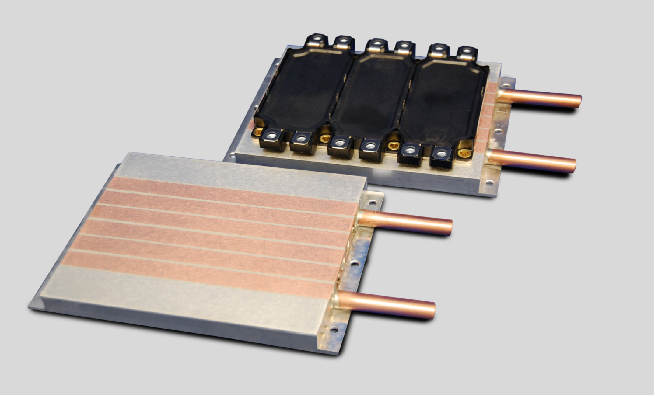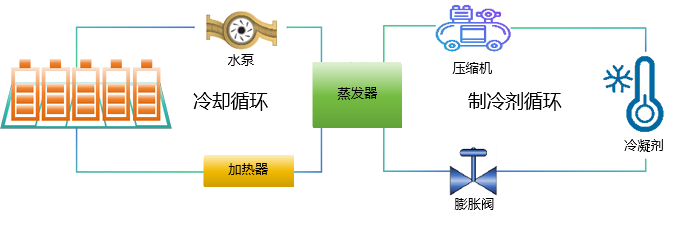
目标并竭力推动您的项目效益提升


IGBT模块是一种功率器件,具有驱动电压低、功率处理能力强、开关频率高等优点。但它也不能与热特性分开。功率半导体模块的弱点是过电压和过热。如果这种热量得不到有效管理,可能会导致设备故障、效率降低和寿命缩短。只有准确地设计器件和系统的热特性,才能确保器件的长期可靠运行,并充分挖掘其潜力,这就是IGBT的热管理。
IGBT的持续小型化和快速增长的额定功率具有显著的高热通量,这需要复杂的热管理。

对于模块而言,IGBT散热技术主要围绕封装和连接迭代展开。模块封装和连接技术始终围绕着基板、DBC板、焊接、装订线和散热结构的不断优化。
芯片间连接方式:铝线/条→铜线→扁平连接
散热结构:单面间接散热→单面直接水冷→双面水冷结构。
DBC板和衬底:材料迭代,从A1203→AIN→Si3N4,衬底材料将从Cu迭代到A1SiC。

当IGBT功率器件工作时,由于导通状态损耗和开关损耗而产生大量热量。散热路径从上到下依次为:芯片→陶瓷覆铜板→基板→散热器。最后,通过主动或被动散热,散热器和空气通过对流和辐射传热带走热量。
整个传导过程中都存在热阻,这是影响IGBT功率模块散热的主要因素。为了提高散热效果,降低热阻是最重要的方法。